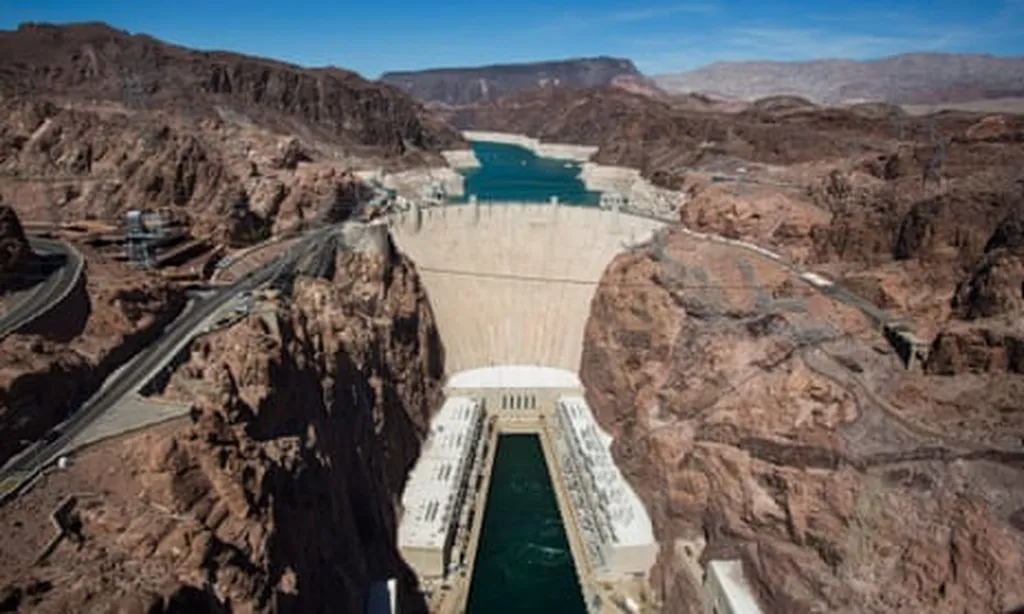In the heart of China’s Yangtze River Economic Belt, a silent revolution is taking root, one that promises to reshape the future of agriculture and, by extension, the energy sector. A recent study, led by Shuang Han from the School of Economics at Harbin University of Commerce, has shed light on the profound impact that artificial intelligence (AI) can have on the green development of agriculture. Published in the esteemed journal *Scientific Reports* (known in English as *Scientific Reports*), the research offers a compelling narrative of how technology can drive sustainability and economic growth.
The study, which analyzed urban data from the Yangtze River Economic Belt over a 12-year period, reveals that AI significantly promotes the green development of agriculture. This conclusion holds firm even after rigorous robustness tests, indicating that AI is not just a fleeting trend but a robust driver of change. “The results show that artificial intelligence significantly promotes the green development of agriculture,” Han asserts, underscasing the transformative potential of AI in this sector.
One of the most intriguing findings is the spatial spillover effect of AI. The research demonstrates that AI’s impact on agricultural green development extends beyond immediate areas, influencing neighboring regions as well. This spatial dynamic suggests that the benefits of AI are not confined to isolated pockets but can ripple outwards, creating a broader positive impact.
From a production factors perspective, the study identifies two critical channels through which AI drives agricultural green development: the level of human capital and the ability of technological innovation. “The level of human capital and the ability of technological innovation have become important channels through which artificial intelligence drives the green development of agriculture,” Han explains. This insight underscases the importance of investing in human capital and fostering a culture of innovation to fully harness the potential of AI.
However, the study also reveals a nuanced aspect of AI’s impact. By introducing the level of financial support for agriculture, the research finds that the positive impact of AI features a non-linear decrease in the “marginal effect.” This means that while AI’s benefits are substantial, they may diminish if financial support for agriculture is not adequately maintained. This finding highlights the need for a balanced approach, where technological advancements are complemented by robust financial backing.
The heterogeneity analysis further enriches the narrative. The study shows that AI promotes the green development of agriculture to a greater extent in major grain-producing areas and regions covered by the middle and lower reaches of the Yangtze River. However, its impact in the northeastern region has not been as prominent. This regional variation underscases the importance of tailored strategies that consider local contexts and needs.
For the energy sector, the implications are profound. As agriculture becomes greener and more efficient, the demand for energy will evolve. The integration of AI in agriculture can lead to more sustainable energy practices, such as optimized irrigation systems that reduce water and energy waste. Moreover, the spatial spillover effects suggest that the benefits of AI can extend to energy infrastructure, fostering a more interconnected and efficient energy grid.
Looking ahead, this research holds great significance for promoting the sustainable and stable green development of agriculture. It not only helps to reveal the driving factors of agricultural green development in China but also offers valuable insights for other regions grappling with similar challenges. As we stand on the cusp of a technological revolution, the findings of this study serve as a beacon, guiding us towards a future where agriculture and energy are not just sustainable but also resilient and efficient.
In the words of Shuang Han, “This study not only helps to reveal the driving factors of the green development of agriculture in China in recent years, but also holds great significance for promoting the sustainable and stable green development of agriculture.” As we navigate the complexities of the 21st century, the integration of AI in agriculture offers a promising path forward, one that harmonizes technological advancement with environmental stewardship and economic growth.

